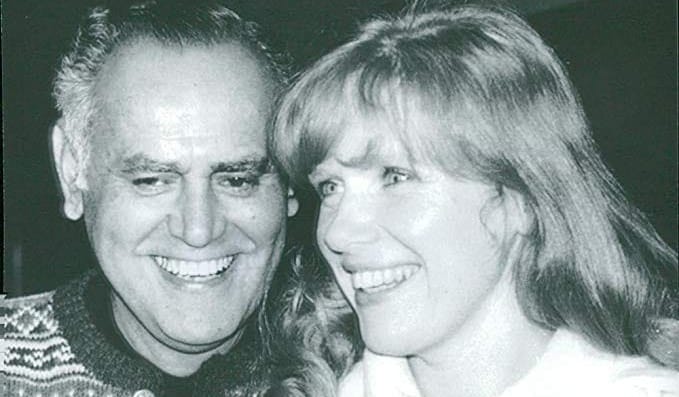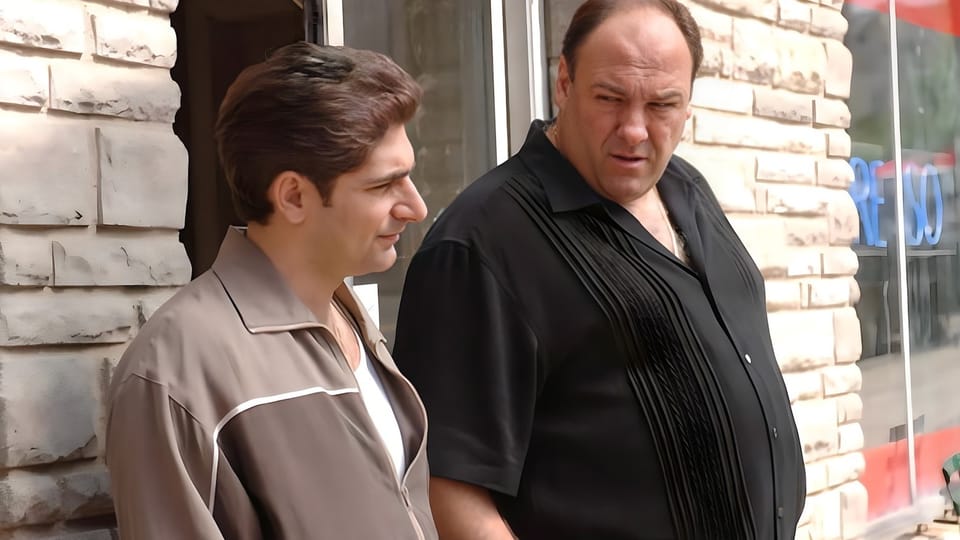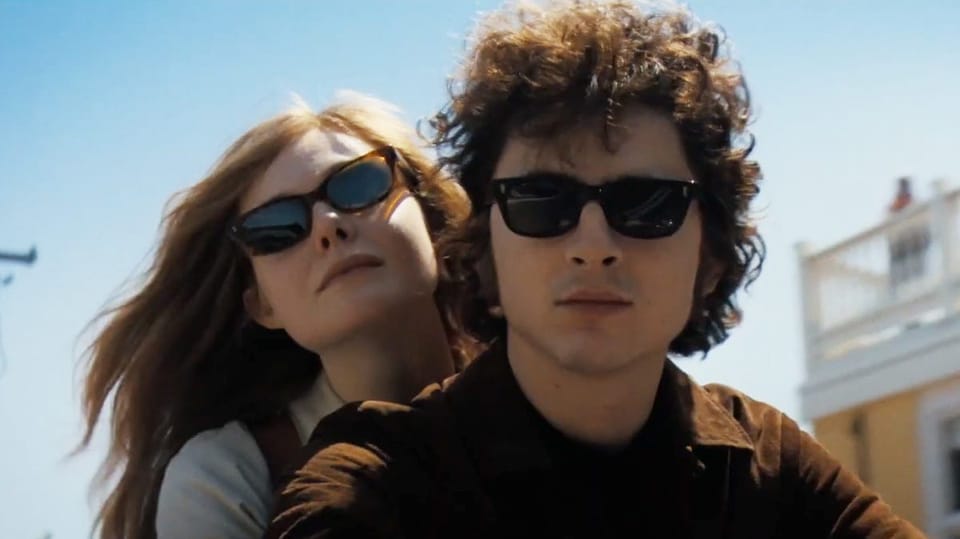Always find the truth of the moment.
The audience must accept what they see before they can be affected by it.

The Story and Plot Weekly Email is published every Tuesday morning. Don't miss another one.
A student wrote a wonderful bit this week about a nurse confusing food with something toxic and feeding it to a patient.
It was a clever idea and generated a HUGE emotional response.
But there was a major problem that left it unusable; we just didn’t believe it.
We could not accept the mechanism for the mistake.
Because we didn’t believe the cause, we could not fully enjoy the effect.
From a screenwriting perspective, this doesn’t mean cut it entirely. It just means we find a way to make the mistake believable so the audience can enjoy the emotion of the moment.
This is one of the very few ironclad rules of storytelling:
We never sacrifice emotional truth.
The audience must accept what they see before they can be affected by it.
And they want to believe what they see. They don’t need much. They came to believe!
This might be exactly why we feel so betrayed when we don’t!
The audience asks for the bare minimum, and we couldn’t even give them that!
“Three good scenes. No bad ones.”
You’ve likely heard me talk about this classic line from the great Howard Hawks about what makes a good movie.
As I usually point out, “Don’t forget that second part.”
The root of most bad scenes is that we simply don’t believe what we see.
We don’t believe a choice a character makes, we don’t believe their emotional reaction to an event, or the dialogue, or the logic in a chain of events.
No one likes a bad magic trick.
It’s the illusion that makes it fun. Even if we’re shown the trick later on, it doesn’t take away the earlier moment when we couldn’t figure it out.
But to see how the trick is done while it’s being performed?
Suddenly, we’re insulted. “You think I’m an idiot? I’m supposed to fall for that?”
This is how we feel when confronted with a moment we don’t believe.
The relationship between the storyteller and audience becomes adversarial. They resist. And it’s extremely difficult to get them back, if at all.
Truth is your most important job.
Everything else you do depends on it. There is no fun, no drama, no tension, or excitement if the audience does not believe the emotional truth of what they witness.
Early writers stumble the most on information.
We think the audience needs to know more than they really do, so we jam information into a scene that defies emotional truth.
Characters behave for the benefit of the audience rather than the truth of the scene, which the audience rejects.
Of course, the characters are there for the benefit of the audience, but the moment it feels that way…
You can’t rely on suspension of disbelief.
Yes, the audience knows it’s fake! And yes, they want to believe. But this will only get you so far. Everything has its limits of emotional truth.
We can accept the magic of storytelling and what is true IN THIS WORLD, whether it’s dinosaurs, ghosts, hobbits, or aliens.
A lot of insane things happen in the Indiana Jones movies.
Faces melt, people age decades in an instant, and physics seems to be consistently defied. We loved it!
Yet, collectively, in #4, the audience rejected the idea that one could survive a nuclear blast by being inside a refrigerator.
And the movie never really recovered.
The Naked Gun movies will do anything for a joke.
Both the original and the reboot. Yet, even they have a limit, as so many of the attempts to duplicate that style of humor in other movies will attest.
The moment we think, “Well, no one is that stupid,” the joke falls flat. Like everything else, we can’t laugh if we don’t see emotional truth.
You can’t explain it away.
Once you lose the audience, you’ve lost them. You can argue until you’re blue in the face why the lead and the lack of room to “bounce” inside the refrigerator would actually protect a person inside it, but it’s over.
If it works intellectually but doesn’t work emotionally, it doesn’t work at all.
We are looking to evoke emotion. Everything we do is built to access that emotion.
The emotional response is all that really matters.
Don't think you can skip the emotion either.
The plot is not as important as the emotion it generates. Often, the lack of emotional truth comes from the fact that there is no emotional reaction at all!
Do not move to the next plot point without exploring the emotional reaction of the current one, especially if it’s a big event.
Do not skip over it. Hoping we don’t notice is not a strategy. We notice if the emotional response isn’t there, and we immediately recoil.
Actively find the truth.
This can be challenging early on because there seems to be so much to worry about! We have so much to juggle for any one scene.
But remember: everything we do depends on this. Nothing else succeeds without it.
Does the scene pass the eavesdrop test?
Do the characters sound as if they are speaking in private or for the benefit of those listening?
It sounds off, but the invasion of a character’s privacy is part of the joy of stories. It’s why narrative fiction can give us what reality TV never can. The characters in fiction don’t know the camera is there.
“As if…” is one of your greatest tools. Empathize. Get in their skin. And remember, if characters behave as if something is true, the audience will usually pick up on what that something is.
Motivate every choice.
The stranger the choice, the more we need to know WHY. If you need to send a character down into the basement where they know the monster is, motivate it.
Because that’s where the rifle is, or that’s where the medicine is.
Whatever the answer, motivate the choice.
In HAUNTING OF THE QUEEN MARY, a film I had story credit on, the director had a character enter a dark bathroom for no reason, even though it was clear that this was a dumb thing to do.
It was a horrible, nonsensical moment in a movie full of them.
But in the post, the producers used CGI to place a Joker card on the mirror inside. I’m not kidding. They added a prop in post!
This card motivated the character to step inside for a closer look and the decision was now motivated.
Suddenly, we were no longer thinking, “I don’t believe this for a second,” and the moment actually worked. (Unfortunately, they couldn’t fix all the other bad scenes.)
Sequence 2 is often about getting us to believe.
And it’s not about us believing the events. We paid good money. We are ready and willing! It’s often about us believing that the characters believe the events.
In GROUNDHOG DAY, these ten minutes or so are spent getting Phil to believe what we already know to be true.
Why? Because if he accepts it too quickly, we don’t accept the emotional truth of it.
He doesn’t know he’s in a movie. What would it take for a person to accept that this supernatural event is real?
We need to see someone try to call the cops, or at least know why they don’t.
We need to see someone leave the haunted house, or at least know why they don’t.
We need to see the disbelief before we see the belief.
Always remember, the emotion is the fun part.
The truth is funny. Watching the actors react to being beamed up to the ship in GALAXY QUEST, followed by three ALIENS storming the room, is funny.
Watching the deadpan emotional truth of a married couple trying to remove a bullet in GAME NIGHT is funny.
It’s not the plot that makes these moments shine; it’s the emotion.
This is true for every genre.
The characters in a horror film need to be scared. If they’re not scared, then we’re not scared.
In a romantic comedy, if a character doesn’t care after a breakup, we don’t care.
Just like the stuntman sells the punch in how their head springs back, the writer and the actor sell the truth of the moment by the character’s reaction.
Emotion first. Plot later.
It’s tempting to just hurry along with the plot. Don’t. If something happens that should evoke an emotional response, let it. Explore.
The audience will cry foul if we don’t see it.
Surprise us.
A useful exercise for any scene in your screenwriting:
Look for ways that a character can have a different emotional reaction than we would expect, one that is equally truthful—perhaps even more so—that catches us off guard.
Do they laugh when they should cry? Cry when they should laugh? Throw a punch when they should despair?
Can they make a surprising choice that even they never expected themselves?
Moments that surprise us are the moments we remember.
But only if we believe them.
Which is the true challenge.
We build everything on emotional truth.
This is the bare minimum for every moment.
Sometimes the raw truth is the point. Take Ari Aster’s HEREDITARY and MIDSOMMAR, when the characters discover loved ones have died.
The camera simply points and shows us the horror of the truth.
Sometimes, it’s getting the audience to see a truthful emotional reaction so they can buy into the reality of the story as well.
If we don’t see Grant and Ellie in awe of the dinosaurs in JURASSIC PARK, they won’t be as real to us. Add the truth of the “blood-sucking lawyer” responding, “We’re going to make a fortune,” and you have a classic moment in a classic film.
Whatever the reason is, we don’t feel anything we read on the page or see on the screen unless we believe it.
The Story and Plot Weekly Email is published every Tuesday morning. Don't miss another one.
When you're ready, these are ways I can help you:
WORK WITH ME 1:1
1-on-1 Coaching | Screenplay Consultation
TAKE A COURSE
Mastering Structure | Idea To Outline




